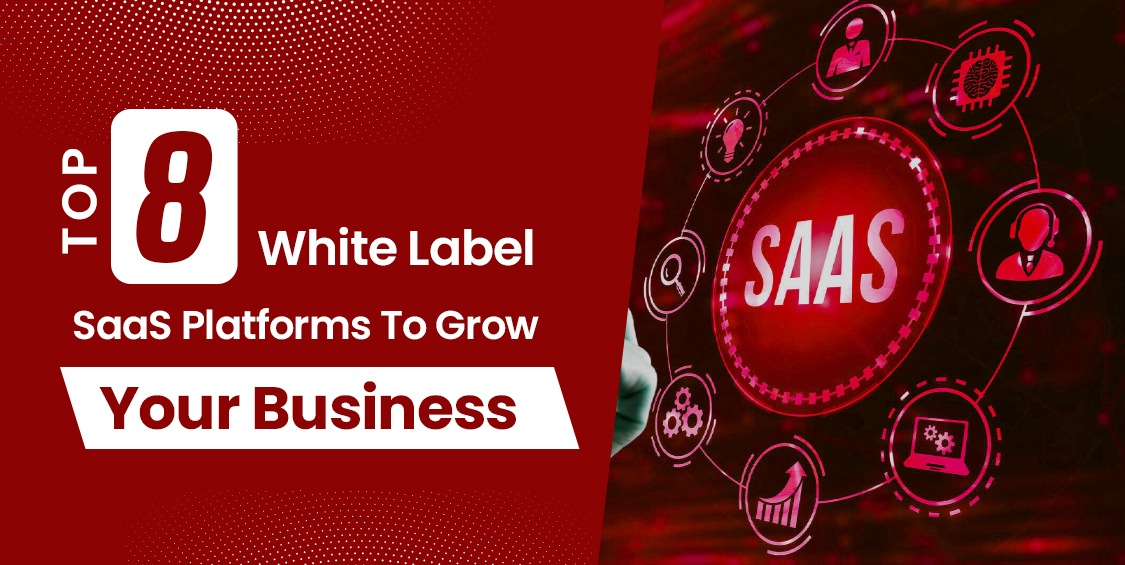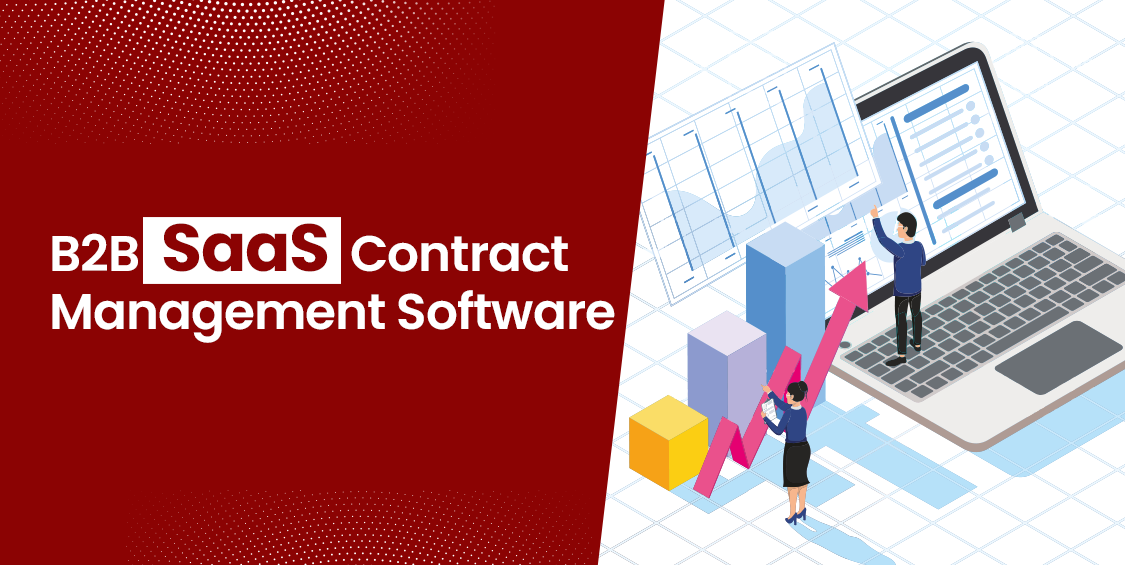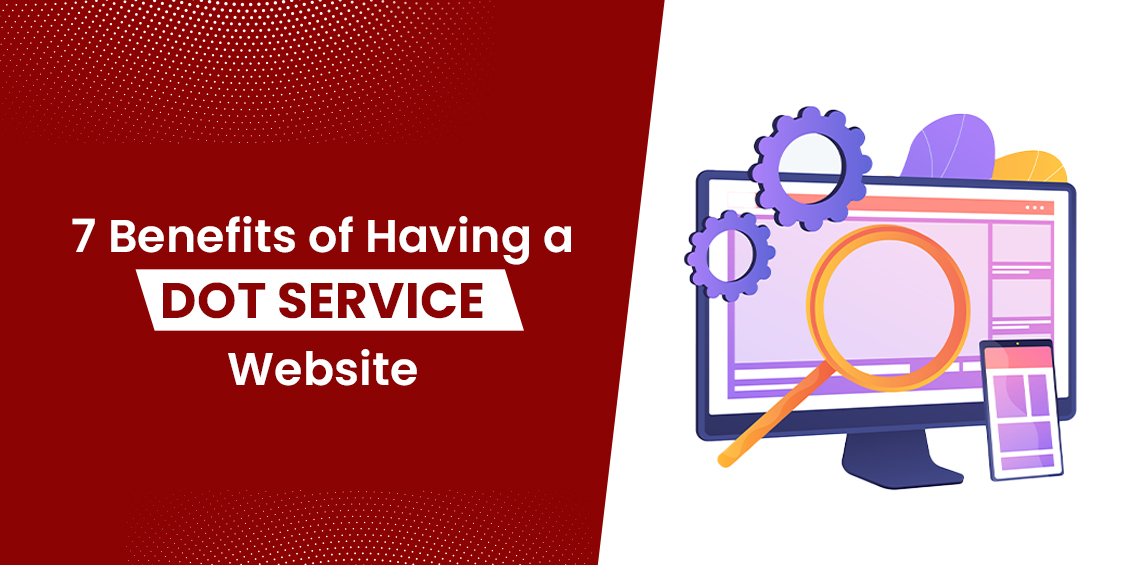IoT (Internet of Things) Applications and Trends
In the modern digital era, the Internet of Things (IoT) has developed as a tremendous force that is transforming the way technology and data are used. Within its essence, IoT means a vast network of interconnected devices with sensors, actuators, and communication technologies that allow data flow and automation to be seamless. From smart homes and medical care to industry smart operations and smart cities, IoT fields extend across many sectors, offering more efficiency, productivity, and interaction.
Exploring IoT Applications Across Industries
Smart Home Automation:
One of the most widely recognized uses of IoT is smart home automation. IoT-enabled products, such as smart thermostats, lighting systems, and security cameras, allow homeowners to operate and monitor their homes remotely via smartphone applications or voice commands. These gadgets not only improve convenience and comfort, but they also help to conserve energy by adjusting energy use depending on occupancy and preferences.
Healthcare and Remote Monitoring:
In the healthcare sector, IoT technologies are critical for remote patient monitoring and personalized healthcare delivery. Wearable devices with biometric sensors offer continuous health monitoring, allowing medical professionals to check health indicators remotely, spot abnormalities, and react immediately. Furthermore, IoT-enabled medical equipment, such as smart insulin pumps and drug dispensers, improves medication adherence, treatment efficacy, and patient outcomes.
Industrial IoT (IIoT):
The Industrial Internet of Things (IIoT) is transforming traditional manufacturing processes in industrial settings by enabling real-time monitoring, predictive maintenance, and supply chain optimization. IoT sensors integrated into machinery and equipment gather data on performance, temperature, and operational characteristics, allowing for predictive maintenance to avoid costly downtime and maximize asset usage. Furthermore, IIoT enables the development of smart factories, in which networked equipment communicates and collaborates autonomously, resulting in increased production efficiency and agility.
Smart Cities:
The concept of smart cities uses IoT technology to improve urban infrastructure, transit systems, and public services. IoT sensors distributed across cities monitor traffic flow, air quality, and trash management, allowing municipalities to allocate resources better and increase sustainability. Smart traffic management systems use real-time data to minimize congestion and emissions and improve road safety, whilst IoT-enabled trash management solutions optimize collection routes and reduce environmental impact by implementing efficient waste disposal procedures.
Retail and Supply Chain Management:
In the retail industry, IoT solutions improve inventory management, supply chain logistics, and consumer experience. RFID tags and sensors monitor inventory levels in real-time, reducing stockouts and overstocks while increasing supply chain efficiencies. IoT-enabled beacon technology offers tailored marketing and targeted incentives based on user preferences and proximity to shop locations, hence increasing customer engagement and loyalty.
Emerging IoT Trends Shaping the Future
Edge Computing:
The proliferation of IoT devices generates massive volumes of data, necessitating efficient data processing and analysis. Edge computing brings computational capabilities closer to the data source, enabling real-time decision-making and reducing latency. By processing data locally at the edge of the network, edge computing minimizes bandwidth usage and enhances responsiveness, making it ideal for latency-sensitive IoT applications such as autonomous vehicles and industrial automation.
5G Connectivity:
The implementation of 5G networks promises to transform IoT connections by delivering higher data transfer speeds, lower latency, and more network capacity. 5G enables the seamless integration of IoT devices into a variety of sectors, opening up new opportunities for real-time apps, immersive experiences, and mission-critical communications. From smart infrastructure and driverless cars to augmented reality and healthcare, 5G connectivity accelerates IoT adoption and fosters digital transformation across industries.
AI and Machine Learning Integration:
AI-powered analytics and machine learning algorithms enhance the value of IoT data by uncovering actionable insights and predictive trends. By analyzing vast datasets generated by IoT sensors and devices, AI algorithms can identify patterns, detect anomalies, and optimize decision-making processes. From predictive maintenance and anomaly detection to personalized recommendations and autonomous decision-making, AI-driven IoT applications empower organizations to derive maximum value from their data assets while driving operational efficiency and innovation.
Blockchain for IoT Security:
Blockchain technology has the potential to improve IoT security by enabling decentralized and tamper-proof data storage and authentication processes. IoT networks that use blockchain-based solutions may assure data integrity, traceability, and immutability, reducing the risk of data tampering, illegal access, and cyberattacks. Blockchain-enabled smart contracts also allow for safe and automatic transactions between IoT devices, promoting trust and transparency in linked systems.
Environmental Sustainability:
IoT solutions play an important role in tackling environmental issues and promoting sustainability across several areas. Smart energy management systems optimize energy usage, reduce CO2 emissions, and improve resource efficiency in buildings and infrastructure. Precision agriculture uses IoT sensors and actuators to monitor soil moisture, crop health, and meteorological conditions, allowing farmers to optimize irrigation, reduce inputs, and enhance agricultural yields sustainably. Furthermore, IoT-enabled environmental monitoring tools monitor air quality, water pollution, and biodiversity, allowing for data-driven decision-making and informed ecological management plans.
IDG: Empowering Secure and Scalable IoT Deployments
In the rapidly evolving landscape of IoT, ensuring proper data governance, security, and compliance is essential for the successful deployment and adoption of IoT solutions. Internet of Things Data Governance (IDG) frameworks provide a comprehensive approach to managing, protecting, and deriving insights from IoT data while addressing privacy concerns and regulatory requirements. Key aspects of IDG include:
- Data Standardization: Establishing standardized formats and protocols for IoT data ensures interoperability and compatibility across diverse devices and platforms, enabling seamless integration and data exchange.
- Data Security and Privacy: Implementing robust security measures such as encryption, access controls, and authentication protocols safeguards IoT data against cyber threats and unauthorized access, preserving user privacy and trust.
- Data Lifecycle Management: Governing the entire lifecycle of IoT data, from collection and storage to analysis and disposal, ensures compliance with regulatory requirements and industry standards while optimizing data utilization and minimizing risks.
- Data Quality and Integrity: Enforcing data quality standards and validation mechanisms ensures the accuracy, reliability, and integrity of IoT data, enabling informed decision-making and actionable insights.
- Real-time Monitoring and Alerting: Providing real-time monitoring and alerting capabilities enables proactive detection of anomalies, intrusions, and data breaches in the IoT ecosystem, facilitating timely response and threat mitigation.
By incorporating IDG principles into IoT deployments, organizations can harness the full potential of IoT while mitigating risks and maximizing the value of their data assets. From ensuring data security and privacy to enabling data-driven decision-making and innovation, IDG empowers organizations to build scalable, resilient, and trustworthy IoT ecosystems that drive digital transformation and sustainable growth.
Conclusion: Navigating the Future of IoT with IDG
As IoT continues to evolve and expand across industries, organizations must embrace a strategic approach to IoT deployment and management guided by principles of data governance, security, and privacy. By leveraging emerging technologies and industry best practices, such as edge computing, 5G connectivity, AI integration, and blockchain security, organizations can unlock new opportunities for innovation, efficiency, and sustainability. With IDG frameworks serving as a cornerstone for secure and scalable IoT deployments, the future holds tremendous potential for connected, intelligent, and resilient ecosystems that empower individuals, businesses, and communities worldwide.
Discover how IoT revolutionizes industries from healthcare to smart cities. Explore emerging trends like AI integration and blockchain security.






